Create A Nurture Campaign To Build Stronger Rapports With Your Clients
Just as you would do a light warm-up before your main workout, you should warm up your email subscribers to your brand and services before launching the next promotion. Your customers must go through a journey from being cold traffic to becoming a lead and, eventually, a paid customer. This blog will define a nurture campaign, walk you through the process of creating one, and provide examples of when to use one.

Aug 12 2021 ● 10 min read
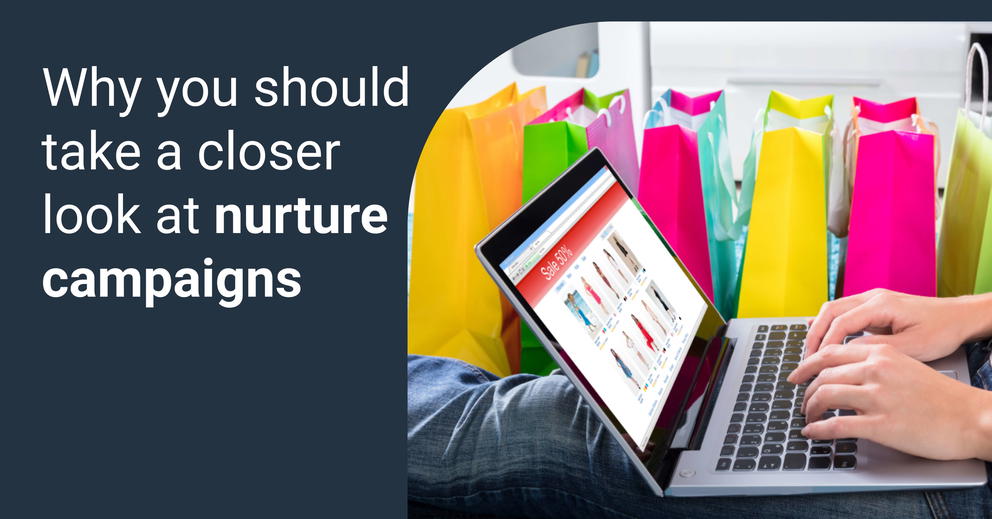
Introducing a nurture campaign
In simple terms - a nurture campaign, or email nurture campaign, refers to a series of automated emails based on the behavior and engagement of leads. They usually inform the user about brand updates, discounts, or special offers.
There are many different types of emails like:
- Welcome emails. The average open rate for these types of emails is 50%, and 74% of new subscribers expect to receive a welcome email right away.
- Newsletter emails. One of our newsletters, titled 'Tips and Tricks,' was recently launched, in which we explain, demonstrate, or update our customers on our product and its features. This one is still relatively new to us, as we are experimenting with different content, and yet, despite the fact that it is only the beginning, the open rate is greater than 20%!
- Lead nurturing emails. When marketers are attempting to move users from the consideration stage of the funnel to the purchase stage, they will send this email to provide more information about a product or service while emphasizing its best attributes. According to studies, nurtured leads make 47% more purchases than unnurtured leads.

- Special offer/ new product/ new service emails
These three types of emails speak for themselves, yet their simplicity isn’t to be taken lightly. By introducing new products or features and offering special deals, you create a relationship with your customers, engage them with your brand, and inform them of how special they are to receive the exclusive offer.
Note: Emails are typically based on user behavior data, which includes the pages that the user landed on, what they pressed next, where they dropped off, and what they interacted with. You can then use this information to provide the content that a specific user wants to interact with, ensure relevant triggers, such as CTA (call-to-action), are in place, and ensure that users' needs and motivations are reflected in the email copy.
Why you want to look into nurture campaigns even deeper
Let’s set it straight - an email nurturing campaign's goal is to provide customers with useful educational content while also attempting to engage them with your product and resources. While the goal appears to be clear and attainable, nurturing campaigns require a great deal of patience and forethought because they will be sent over a longer period of time.
- Saves time. When the system detects a lead interested in your brand, you can schedule and automate emails to be sent to your clients (for example, once you have an email address of a visitor, you can automate an email welcoming them to your community)
- Email marketing, when done correctly, can help you get the best return on investment. Every dollar spent generates $40 in revenue.
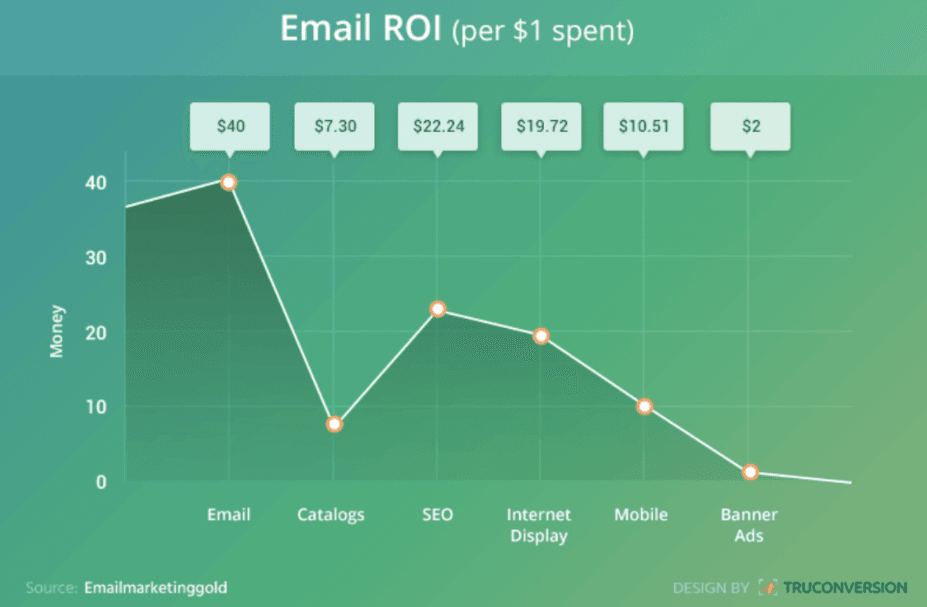
3. Collaboration between marketing and sales teams and email marketing automation can result in a 14.5 percent increase in sales productivity and a 12.2 percent decrease in marketing overhead.
4. Leads are easier to convert into sales prospects. Customers have finally gained trust in you because they are familiar with your product and understand your values. Now put that call to action button in an email and watch your sales increase.
Think outside the (in)box: how to create a nurture campaign?
One of the most common issues that marketers face is that they spend a lot of money driving traffic and generating leads, but they don't secure those leads, and they fall out of your CRM system. It's now obvious that the faster the lead arrives, the faster it departs. So spending a lot of money isn't going to get you a lot of sales.
- Personalize custom content
Create a variety of targeted content to nurture each of your buyer personas based on their interests, goals, and marketing triggers. You must fully comprehend who you are attempting to reach and determine the most effective methods of communication. It will be easier to connect with customers and potential clients once you have completed this task.
Consider the famous Coca-Cola "Share a Coke'' campaign, which featured one of the most popular first names on each bottle. Sales of 20-ounces increased 19% as a result of this nurture campaign.
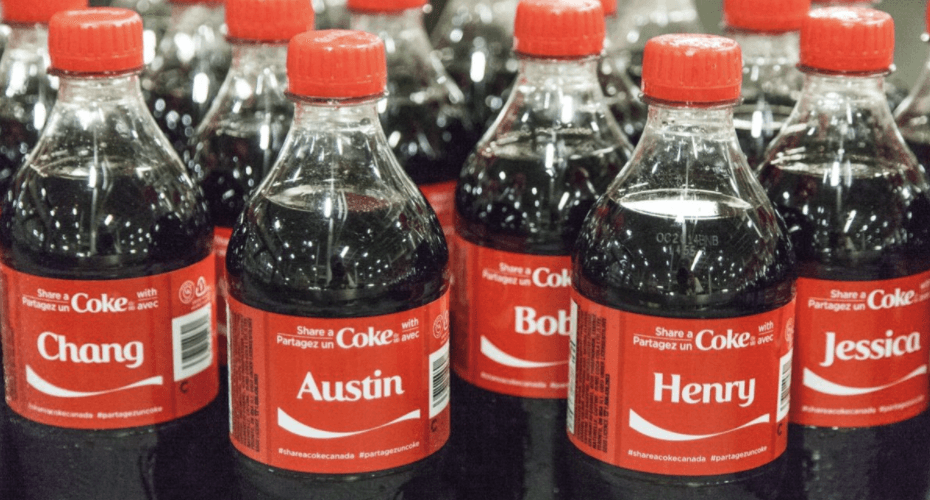
Netflix is another great example of awareness stages marketing. They use social media to generate excitement for upcoming performances. Short clips tease everyone to watch the show once when it premieres.
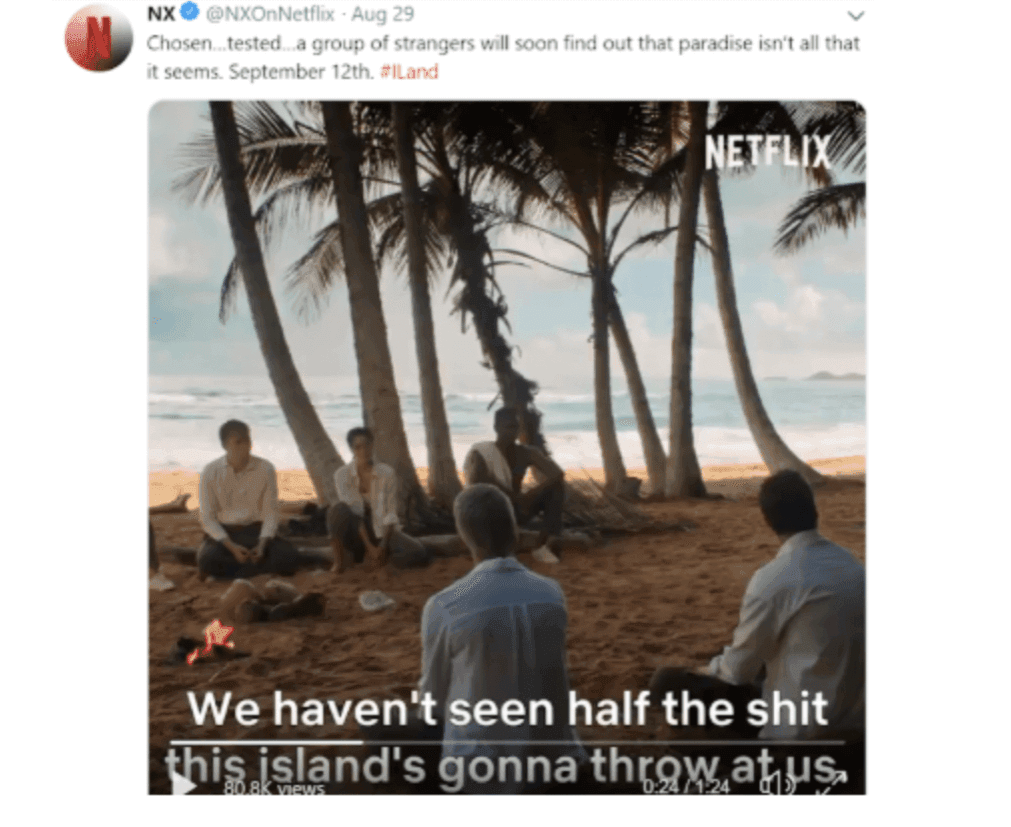
- Your target customer’s journey to purchase
There are many stages to a buyer's journey, but we want to show you how popular brands are approaching some of them and give you some inspiration and insight.
Each journey begins with Awareness. This is the point at which the customer admits that they have a problem or a need that needs to be met. It is critical for you to determine exactly what problems your customer is experiencing and to provide solutions to them.
Apple is a good example of a brand that has a strong ‘Awareness' stage where they are able to successfully connect a product with emotions. While not mentioning any features, Apple manages to persuade the audience that their product is the best.
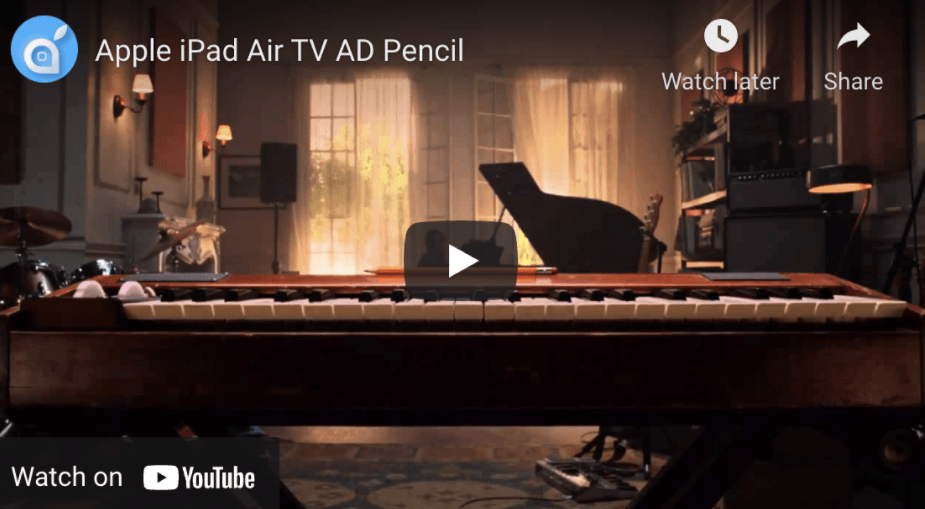
Watch this ad and tell us what you think.
Then there's the matter of Engagement. During this stage, visitors are becoming knowledgeable experts on your solution. So, it's critical to have all of the answers to any questions a visitor might have on the website, to make sure that critical information is only a few clicks away, and to ensure that your website (or wherever they land) is easy to navigate.
AirBnB built its brand on the idea that almost anyone can provide a place to stay. The content used in the engagement/decision-making stage of the funnel reflected that same approach. Using reviews and user-submitted photographs and videos as fodder for social content, the company has gathered content from followers - both providers and customers.
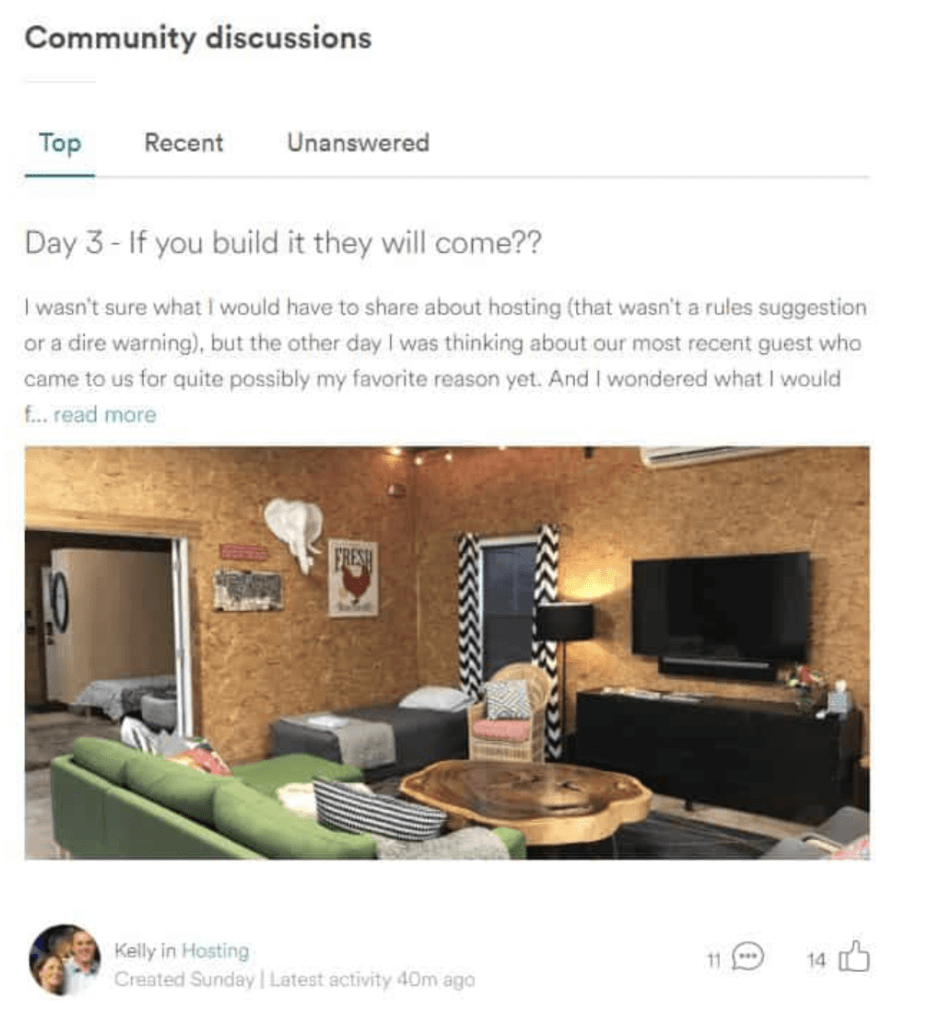
Purchase. The final step of the sales funnel and buyer's journey, as well as the start of all the fun. The client will finally become your actual customer at this point in the customer journey. You only have to do one thing (and it's probably the most difficult): deliver everything you've promised and align your marketing, sales, and service processes. You must now do everything in your power to keep them as a client.
Important: It may seem overwhelming, but each of these stages is critical to understand because you will send different content, send different emails, and have different communication depending on which stage you are in.
The next steps
If you don't track, monitor, and use data to make data-driven decisions, all of the preceding steps will be for naught. You can improve your nurturing campaign with Whatagraph and all of the integrations, such as Mailchimp and Google Analytics. Keep an eye on your bounce rate, traffic, conversion rate, and customer behavior. Now is the time to use an analytics tool to create the best lead generation and conversion rate increasing strategy.
Published on Aug 12 2021

WRITTEN BY
Dominyka VaičiūnaitėDominyka is a copywriter at Whatagraph with a background in product marketing and customer success. Her degree in Mass Communications/Media Studies helps her to use simple words to explain complex ideas. In addition to adding value to our landing pages, you can find her name behind numerous product releases, in-app notifications, and guides in our help center.